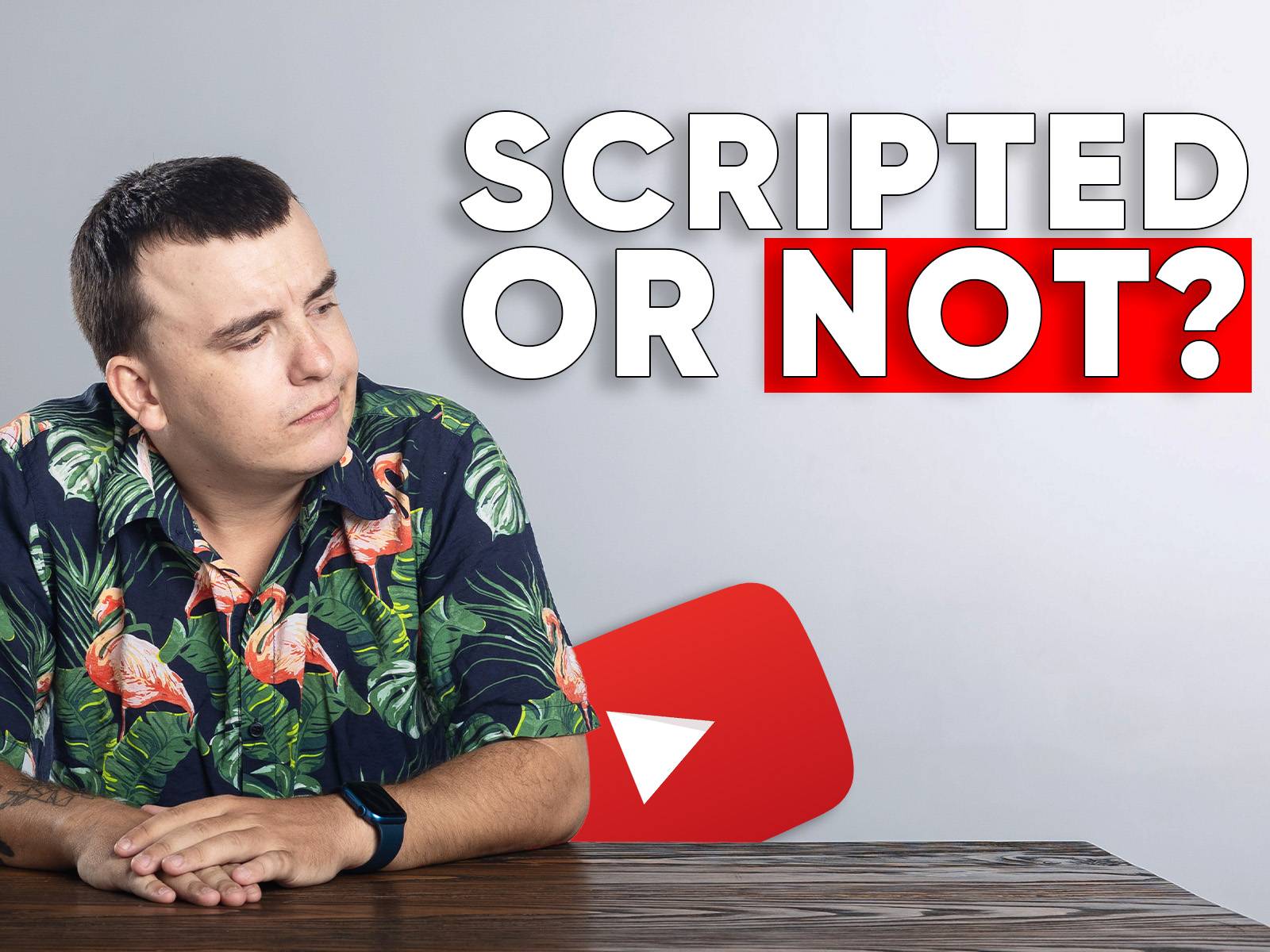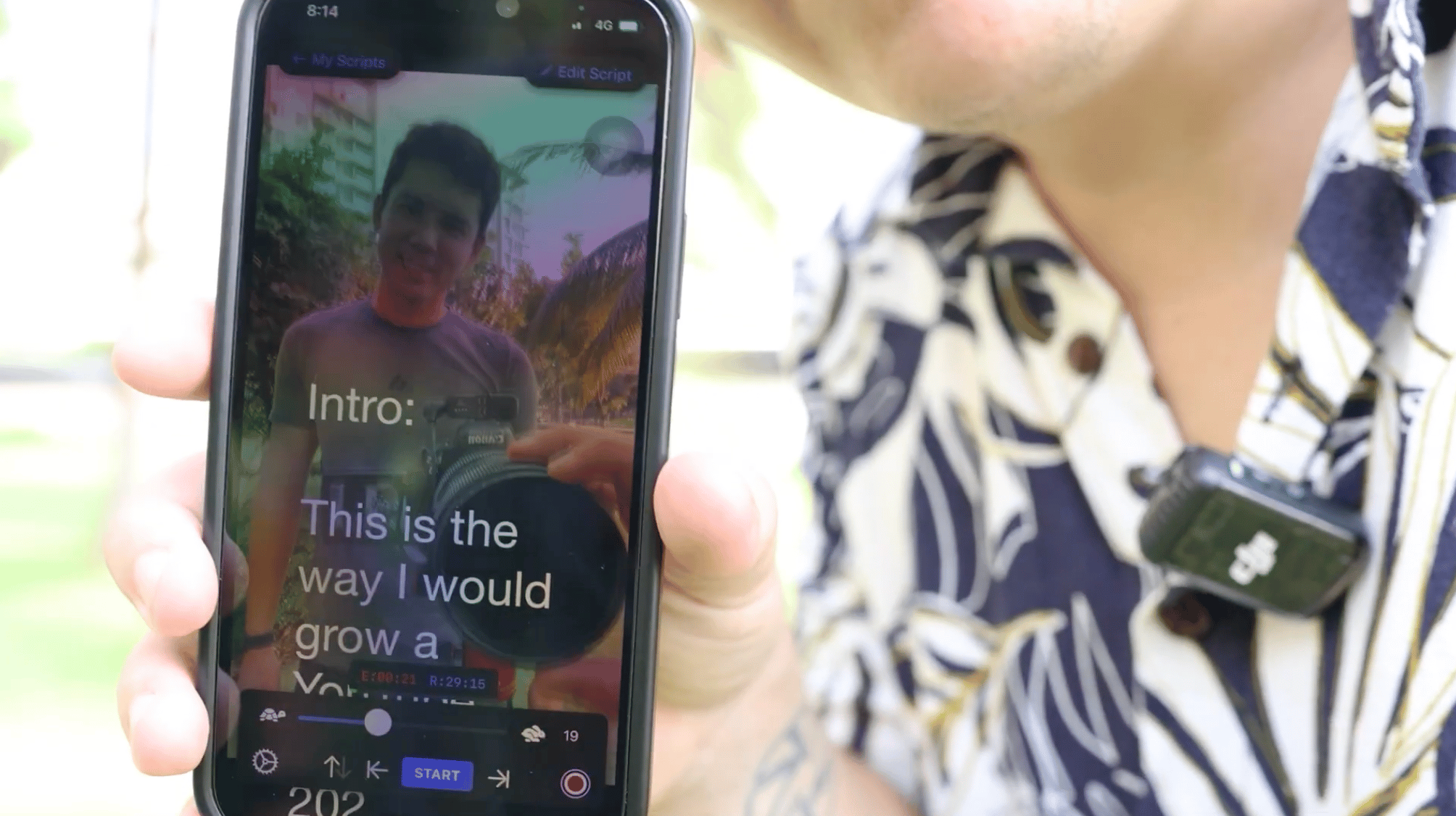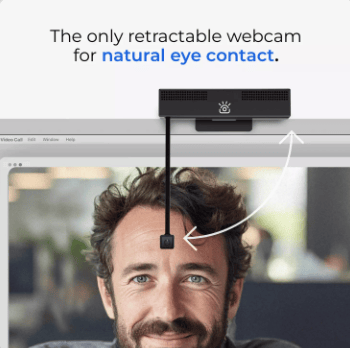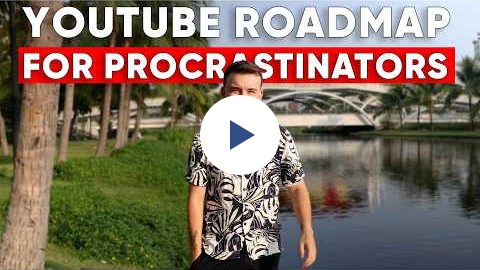Scripted or Freestyle?
.jpeg)
Today's topic is about something most people who don't like to be on camera are all about. Do you script your content and use a teleprompter? Or do you freestyle with bullet points?
I often talk about it as part of a bigger topic, but I saw Thomas' video on this, and many people struggle with it. So here is a quick breakdown of when to use a teleprompter and when to freestyle, as the answer is not so straightforward.
Worth Watching
Part of what I do daily is consume a lot of content, and here are some of my favorites:
We created a full YouTube Idea Bank with all the previous outliers and in-depth video analysis.
- Tim Runia - Living your dream is easier than you think
Next level storytelling, cinematography, editing and acting. - DOAC - MrBeast: If You Want To Be Liked, Don't Help People & I Lost Tens Of Millions On Beast Games!
Packaged in a way that it might confirm rumors, playing around with a trending topic.

Scripted or freestyle, teleprompter or top-of-mind?

There isn't a single correct approach to this challenge. Most successful strategies involve alternating between multiple methods as needed.
I'll organize my response by comparing the advantages and disadvantages of each method, providing practical examples, and sharing my personal experiences with all approaches.
Scripted
Scripted means, word for word written down.
Scripted doesn't necessarily mean using a teleprompter - although that is usually the case.
Pros
- Scripted is perfect for staying on track and not dwelling on what needs to be said.
- You can have a scriptwriter help you write this and save you time.
- Teleprompter makes it easy to deliver and saves you a lot of time.
- Less effort to deliver as it's reading, less decision fatigue.
- Ideal for people that are delivering a video in a non native language.
Cons
- Getting your voice in the script is difficult when working with a scriptwriter, it makes it less personal.
- When you haven't practiced with a teleprompter you will sound monotone and robotic, making it even less personal.
- It takes a lot of reps to get good at delivering a script from a teleprompter.
- More difficult for non talking head videos, when you want to make it more of a vlog.
Best Practices
The teleprompter app that I recommend for your phone is called... "Teleprompter", and is ideal for short vertical videos but also just your normal talking heads. It's also free and it has a pro/premium version.

For the text scrolling speed, aim for a pace that's slightly faster than your normal speaking rate. This creates the right balance - too fast feels rushed, while too slow becomes boring. Once you find this sweet spot, you can naturally weave in spontaneous comments or speak in your conversational style rather than sounding like you're reading directly from a script.

Your eyes should always be looking as close as possible to the camera lens. If you use a DSLR with a teleprompter, that's easiest as the teleprompter will be directly over the lens.
If you want to use a webcam for your computer, one of our clients used this before, lowering the camera in front of you and in front of your script on screen.
Besides the pace of your teleprompter, you want to keep it as narrow as possible so the camera doesn't pick up your eyes going from left to right.
Example
The best example I can give you for someone who can use a teleprompter and scripted content to his max, is Mike Dee. He has been doing it for many years so had a lot of practice in front of the teleprompter but it allowed him to be consistent, and he found a way to stay natural although he is reading word for word.
I know he struggled to find the right way to script for a long time, as mentioned before, having someone to write your scripts is great, but is also really hard to make it personal so Mike had to always adjust it so it's closer to what he would actually say. Thankfully because of AI, he writes his own scripts and speeds up the process while keeping it in his voice.
My experience
My experience hasn't been the best with reading a teleprompter, mainly because I lack the practice. In this video, you can clearly see what I mean by monotone and robotic and trust me, I've seen a lot worse than this.
It still took me double the time to get through the whole script as it was one of the first times I did this. I didn't notice how bad it was until I saw the first draft.
I'll share my preferred way later in this post.
Non-scripted/freestyle
Let me clarify what "non-scripted" actually means - it exists on a spectrum rather than being entirely improvised.
My advice specifically applies to talking head videos and educational content, not other formats like screen recordings, interviews, or vlogs.
Even when creating "non-scripted" videos, you should:
- Prepare bullet points to guide your content
- Memorize your introduction and conclusion word-for-word for maximum impact
These memorized sections are brief enough that you won't need a teleprompter - just learn them by heart for consistent delivery.
Pros
- The biggest pro for non-scripted content is how its more natural and personal.
- Faster to plan out.
- Less need for a scriptwriter.
- No need for a teleprompter.
Cons
- Without practice and enough knowledge of the material that you are delivering, you can be perceived as hesitant and unprofessional.
- Recording takes longer because of multiple takes.
- Chances are you are not sticking to the point and wandering off, making the video way longer than it should be.
- This is the most nerve-wracking for people, so chances are you will procrastinate filming and getting consistent content out.
Best practices
My preferred approach for non-scripted content is using detailed bullet points. I vary how comprehensive these are, often writing phrases exactly as I plan to speak them, including specific jokes and points I want to emphasize.
I write extensively to maintain the video's structure and prevent tangents. This way, if I stray during a take, I can quickly check whether I've gone too far off-topic and need to redo it.
While I'm not claiming to be the perfect example, I've observed what works best for creators at all experience levels.
The most serious mistake you can make is jumbling your structure and discussing irrelevant topics that will only confuse your viewers.
Example
To stay in a similar niche as Mike and show you how it can be unscripted and it can work, is Ali Abdaal (check his latest videos). He definitely started out with a teleprompter but as the years went on, he ditched that more often than not. I would be a bafoon if he is still using a teleprompter but it's so unnoticeable that I think he is freestyling.
Another example - Oliur - a tech review channel. He's an natural when it comes to communicating on the camera without a teleprompter. Maybe unsurprisingly, it's taken him years to get this (9 years, to be exact!)
Months worth of content from one event
From 10-14th March we are attending and sponsoring SEO Mastery Summit 2025. And for the first time, we are offering content packages for all, speakers, sponsors and attendees.
Transform one weekend at an event into months of high-quality, lead-generating content. Choose the support you need - from full-service production to specific components that complement your existing team.
Reply to this email if you are attending SEO Mastery Summit and looking to create content for months, we are running promo prices right now.

The Procrastinator's Guide to Consistent YouTube Content (I'm Guilty Too!)
Great example of how I do bullet points and try to be more natural.
Want to work with me to grow your business?
If you’re a 7-8-figure founder or agency that wants to grow your YouTube channel, membership, and course — I’d love to work with you.
For 6-figure+ founders and channels, join an exclusive group with 5,500,000+ total subscribers.
Get access to founders, agencies, course creators, community builder and more...



.jpeg)
.jpeg)
.jpeg)